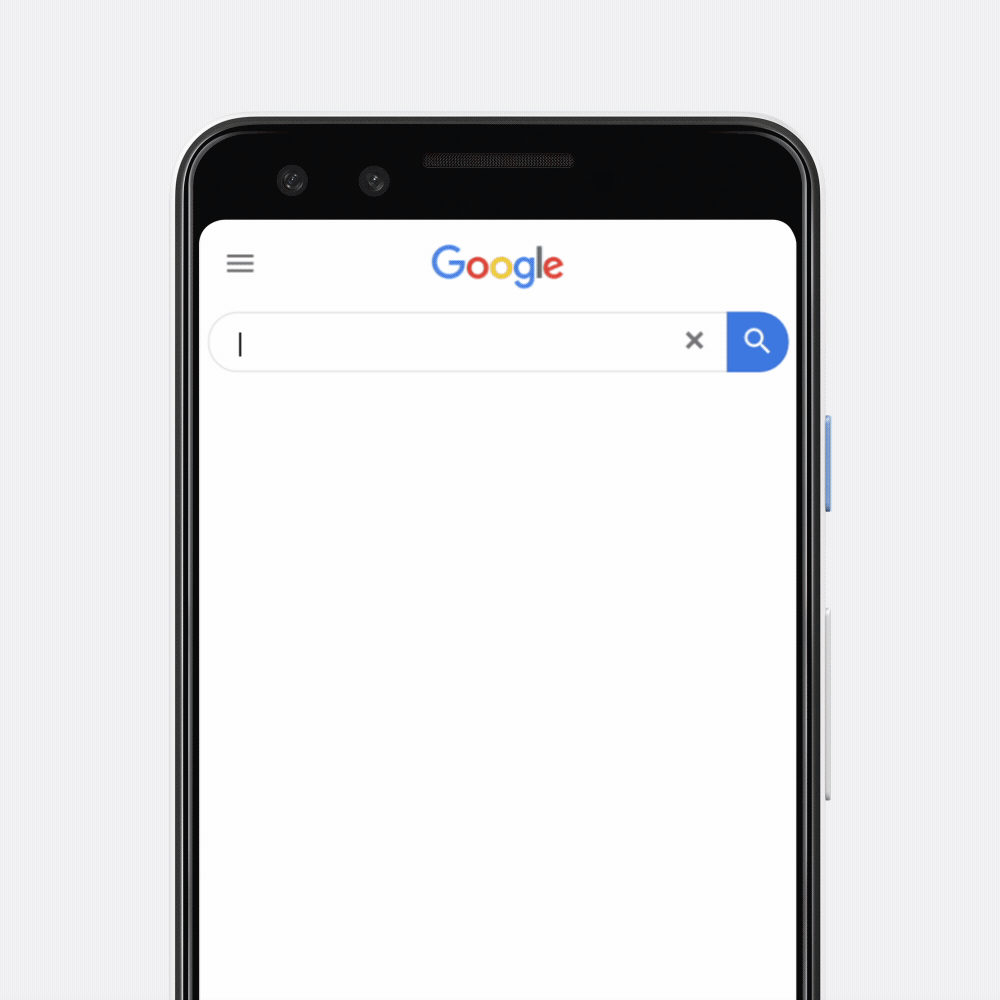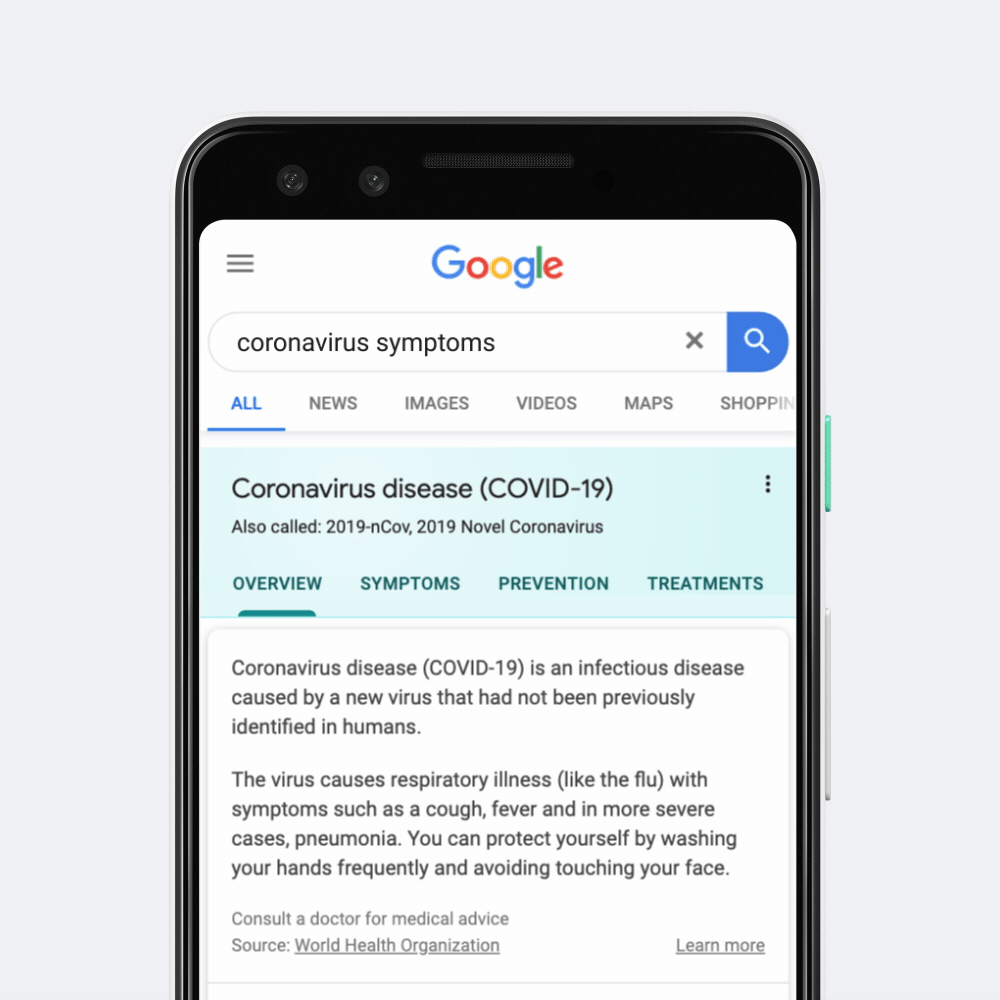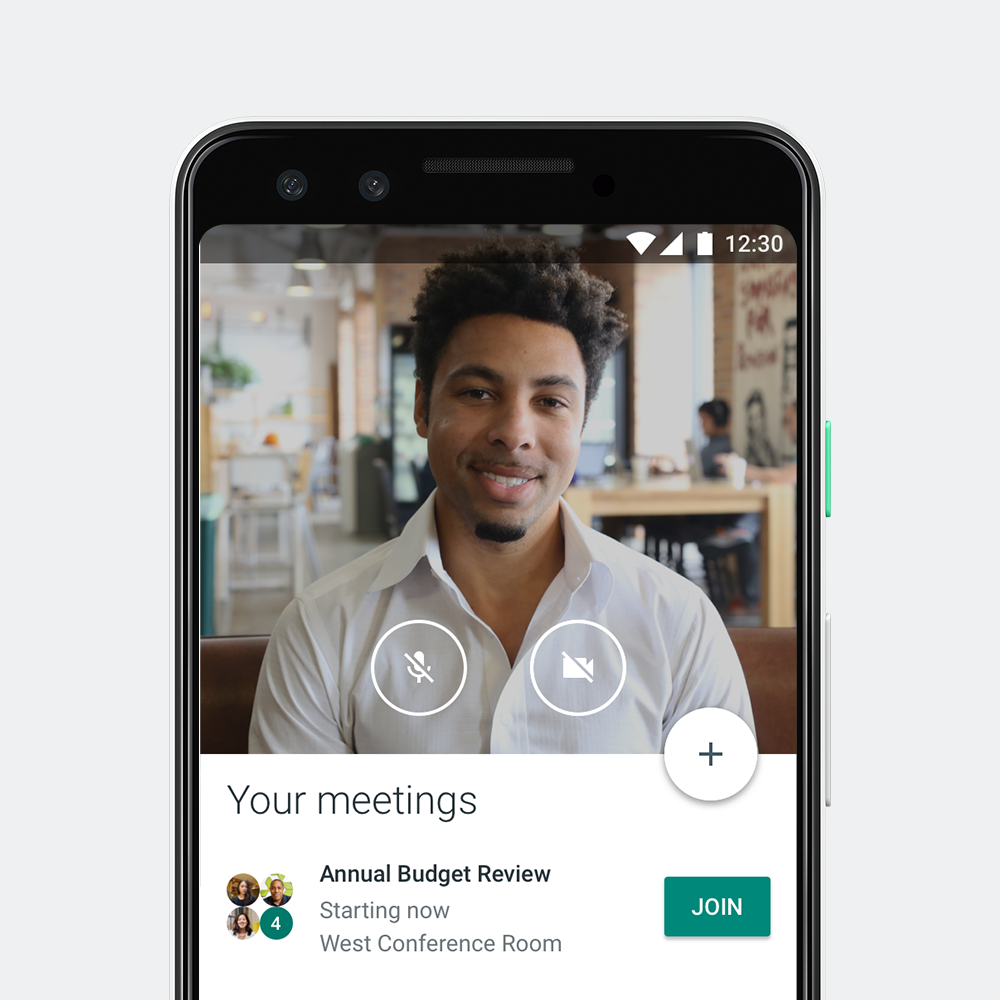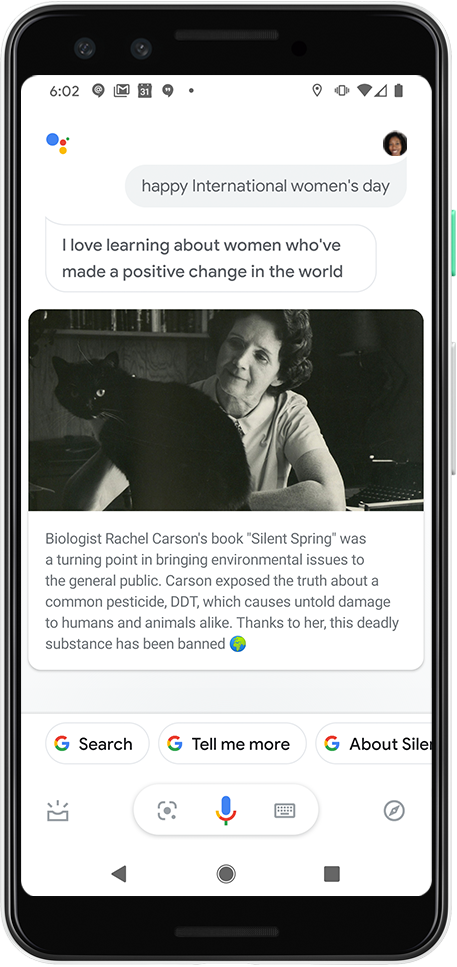For Women's History Month, we're profiling some of the powerful, dynamic and creative Canadian women at Google.
Sara Sabour wants to make an impact in the world. She’s focused on increasing the ability of machine learning, specifically unsupervised. An ambitious goal for some, but as an Artificial Intelligence Research Scientist at Google, she knows how to push the boundaries and think big.
Personally inspired by the late mathematician and Field Medal Winner, Maryam Mirzakhani (Sara and Maryam went to the same high school in Iran), Sara touts Maryam as someone who has inspired her career. And although Sara blushes when I refer to her as a ‘superwoman’, she’s doing the same. Her work and accomplishments are inspiring girls and showing them the magnitude and impact that computer science can have.
How would you describe your job at a dinner party to people who don't work in tech?
I work on fundamental science behind artificial intelligence (AI). My work focuses on the ability for computers to observe the world and find the solutions by themselves. My specific research currently focuses more on image data and to increase the ability for computers to process and identify different viewpoints of the same objects.
What is the most challenging part of your job?
As a research scientist, I work at the cutting edge of technology, focused on solving open problems. While this can undoubtedly be exciting, it also presents a challenge. The path forward is not clear at all, there is a high level of uncertainty about what you should try next.
You mentioned uncertainty as the biggest challenge, how do you approach this?
Depending on the situation, there’s a couple of things I do. Sometimes it’s really as simple as talking it out. I’ll consult with my colleagues (oftentimes Geoffrey Hinton), share my thinking and get their perspective. In other situations, I’ll go down the path of exploring the various ideas. This lets me see pretty early on whether some ideas would not work and some might be more promising. What’s really important with this approach is being flexible, fluid and willing to pivot if an idea isn’t coming to fruition the way you envisioned it.
So I can’t help but ask, since you mentioned him. What’s it like to work with Geoffrey Hinton?
He’s definitely someone I look up to, he’s brilliant. He’s also really passionate about his work. His passion extends to those around him and it helps energize me and makes me want to jump in and solve problems. He’s fun to work with, he’s funny and compassionate and I’ve become better at my job by working with him.
What is the most rewarding part/your favourite part of the job?
Because of the field I’m in, I get to see the fruit of my labour and how it impacts others in real world situations. I enjoy watching how a simple programming idea suddenly improves the performance of a task by a huge margin. I also get excited when I see boosts in the general frontier of artificial intelligence by any group. I feel proud of being a member of this scientific community.
What is your secret power/habit that makes you successful?
The ability to focus 100% for several hours straight. Whenever I dive deep into a problem, I get a tremendous performance boost.
That's definitely a superpower! So what’s the secret?
Growing up I was always a bookworm, but while I’d be trying to read, my sister would want to play with me. It was never quiet! That’s how I learned to really block everything out and simply focus. Even today, sometimes I find myself so focused that I don’t notice when someone’s talking to me.
Was there something specific that pushed you toward your career in tech?
My interest in computer science began at a young age, but I didn’t cross paths with machine learning until high school. I was really fortunate that at my high school in Iran, we had the opportunity to be exposed to different courses. During the summer one year, I took two courses - mechanical robotics and software coding. This was when I fell in love with coding.
As a competitive coder and member of the robotics team, I taught my robot to walk and stand with the aid of a machine learning program that used several simulations as input data. I saw the potential machine learning had to advance other fields dramatically—from health and medicine to physics and astronomy. The opportunities were endless. From that moment, I knew I needed to be a part of those advancements.
What inspires you in your career?
The opportunity of AI, and making artificial intelligence solutions that can help us be more efficient with our time and tasks.
What advice would you give to women pursuing a career in technology?
Believe in yourself! Don’t let others determine your confidence. Your gender, race and differences are your strength, own them.
How do you hope to inspire the next generation of girls?
I’d encourage them to be open to exploring new things. I love to think of it as the ‘room of doors’ in Alice in Wonderland. The possibilities with Computer Science are endless. Computer Science gives you the opportunity to help across a variety of fields and teaches you critical thinking skills such as problem solving.
Tell us about a project that you're proud of.
Working on Capsule Networks with Geoffrey Hinton is definitely up there for me! There have been several adaptations of it for medical imaging which makes me excited and proud. We have four published research articles regarding Capsule Networks and were featured in a New York Times article highlighting one of the first iterations of the work.
Your work has been featured in the New York Times, that must be surreal!
It was a big deal. It is a big deal. It’s still really crazy to me! It’s opened a lot of other opportunities for me, it’s helped with my confidence and reminded me that the work I’m doing is really valuable and making an impact. It pushes me to want to do more and continue to achieve great things.










